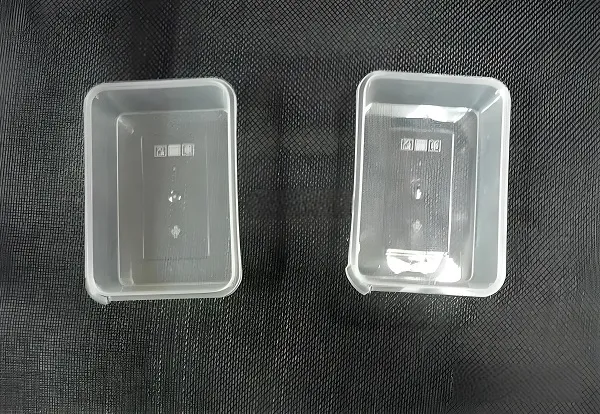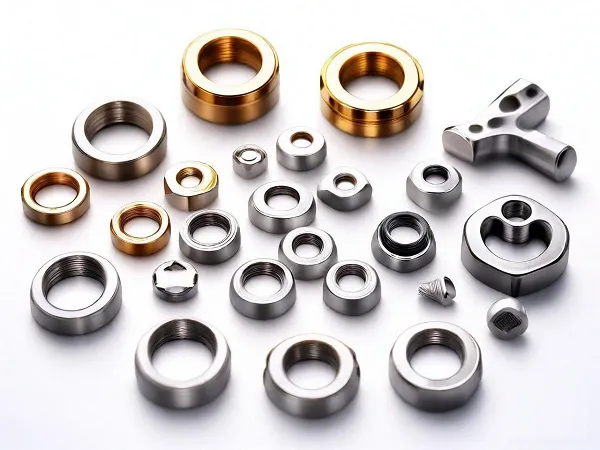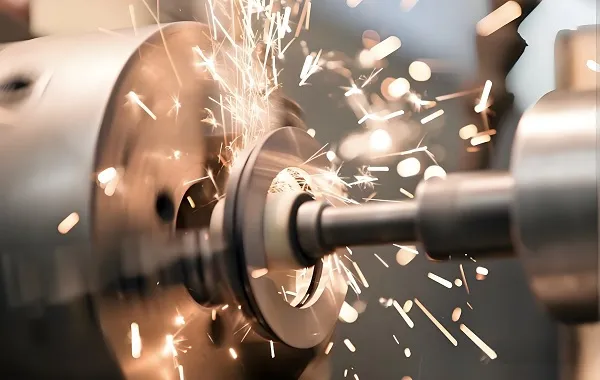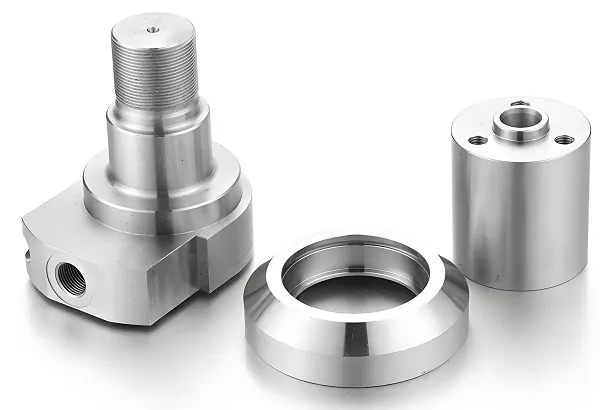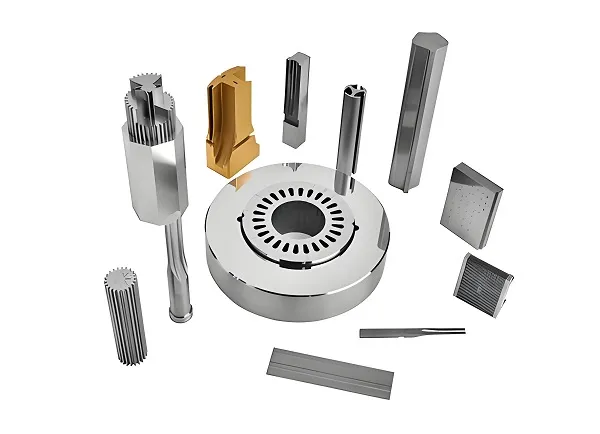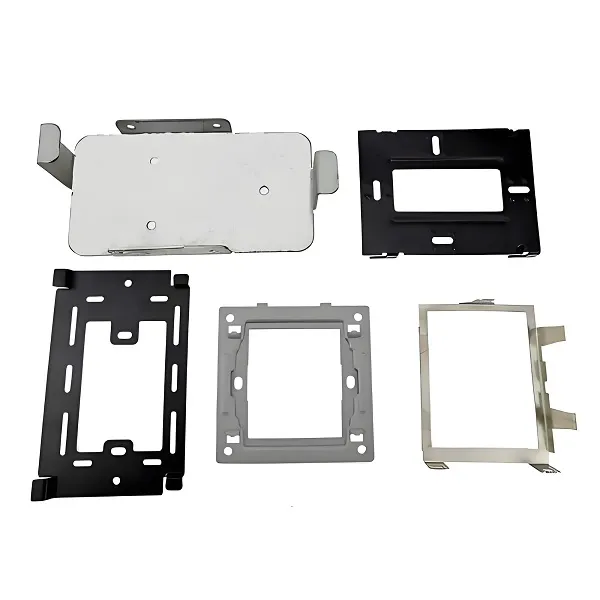PT injection molding is an efficient and precise plastic molding process that is widely used in several industries. It obtains plastic products with complex shapes and precise dimensions by heating plastic granules to a molten state and then injecting them into a mold for cooling and solidification.PT injection molding has the advantages of high production efficiency, high product precision, and good dimensional stability, making it an important method for manufacturing high-quality plastic products.
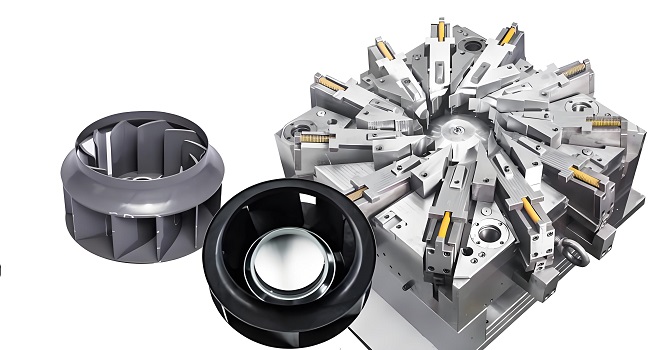
1.PT injection molding parts production process
Raw material preparation: drying, mixing, color matching and other pre-treatment of plastic granules to ensure that the quality of raw materials in line with the requirements of injection molding.
Charging: The pre-treated raw materials are fed into the barrel of the injection molding machine through the hopper.
Plasticizing and injecting: Under the push of screw or plunger, the raw material is heated and plasticized in the barrel and melted into liquid form. The molten plastic is injected into the cavity of the mold at high speed through the nozzle under the thrust of the screw or plunger of the injection machine.
Closing and Pressure Holding: After the mold is closed, the injector continues to pressurize the plastic to fill the mold cavity and compact it. At the same time, the mold is cooled so that the plastic product is cooled and cured.
Mold opening and demolding: After the plastic products are cooled and cured, the injection machine opens the mold and pushes the products out of the mold through the ejector rod.
Post-processing: The products are trimmed with flying edges, gates, residual material, etc. to make them meet the product requirements.
2.PT injection molding process
The key to PT injection molding process is to control the parameters of the injection machine, such as injection pressure, injection speed, holding time, cooling time, etc., as well as the design and manufacturing accuracy of the mold. The selection of these parameters should be adjusted according to the specific requirements of the products to ensure product quality. In addition, the injection molding process also needs to strictly control the degree of plasticization of raw materials and the operating status of the injection machine, in order to avoid the production of bubbles, flying edge, shrinkage and other defects.
3.PT injection molding parts optional materials
PT injection molding parts can choose a variety of plastic materials, including but not limited to:
ABS: Good impact resistance, surface hardness and chemical resistance, widely used in electronic products, tools and home maintenance equipment.
Nylon: High temperature and chemical resistant, suitable for a variety of high friction and elastic applications such as nylon ropes and automotive parts.
Polycarbonate: High impact resistance and transparency, commonly used in applications such as eyeglasses, LED lights, and clear windows.
Polypropylene: good chemical resistance and elasticity properties, can be used in food related applications such as kitchenware, dishwasher safe trays, etc.
4. Characteristics of PT injection molded parts made of different materials
ABS injection molded parts: excellent dimensional stability and impact strength, high gloss appearance, easy to process.
Nylon injection molded parts: good abrasion resistance, high temperature resistance, suitable for high friction and elasticity applications, but moisture absorption is strong, need to be dried.
Polycarbonate injection molded parts: high transparency, high impact resistance, UV corrosion resistance, but higher cost.
Polypropylene injection molded parts: good chemical resistance, good toughness, excellent flame retardant properties, but relatively low rigidity.
5.Application areas of PT injection molded parts
PT injection molded parts are widely used in many industries, including but not limited to:
Automotive and transportation industries: such as instrument panels, center control panels, door handles and other parts, which require good mechanical properties and appearance requirements.
Home appliance industry: such as TV shells, air conditioner panels, washing machine shells and other parts, requiring high strength, wear resistance and anti-aging properties.
Electronic products industry: such as cell phone shells, computer keyboards, mice and other parts, requiring good mechanical properties, appearance and electrical insulation properties.
Medical device field: such as medical syringes, infusion bags and other parts, requiring good biocompatibility and corrosion resistance.
Construction industry: such as PVC pipes, valves and other parts, requiring high strength, corrosion resistance and weather resistance.
6.Customized PT injection molded parts FAQ
Q1:How to choose suitable injection molding materials?
A: When choosing injection molding materials, you need to consider factors such as the use environment of the product, mechanical property requirements, appearance requirements and cost. Common injection molding materials include ABS, nylon, polycarbonate and so on, each of which has its unique characteristics and application areas.
Q2: How to control the dimensional accuracy of injection molded parts?
A: The key to controlling the dimensional accuracy of injection molded parts lies in controlling the parameters of the injection machine and the design and manufacturing accuracy of the mold. The selection of injection pressure, injection speed, holding time and other parameters should be adjusted according to the specific requirements of the products. Meanwhile, the design of the mold should be reasonable and the manufacturing precision should be high to ensure the dimensional accuracy of the injection molded parts.
Q4:What are the steps of post-processing of injection molded parts?
A: The post-processing of injection molded parts mainly includes the steps of trimming flying edges, gates, residual materials, etc., as well as the necessary cleaning, inspection and packaging. These steps are essential to ensure the quality of the injection molded parts and to meet the product requirements.
Q5: What is the lead time for injection molded parts?
A: The lead time for injection molded parts depends on a number of factors, such as the number of orders, mold design and manufacturing time, the capacity of the injection molding machine, and post-processing time. Generally speaking, the lead time for small orders is shorter, while the lead time for large orders may be longer. Specific lead times need to be determined based on the order and production schedule.
The purpose of this manual is to provide comprehensive information about PT injection molded parts and to help users understand the basic principles of PT injection molding, the production process, the available materials, the characteristics of different materials, and the application areas. At the same time, this manual also provides FAQs about customized PT injection molded parts to help users better understand and apply PT injection molding technology.

